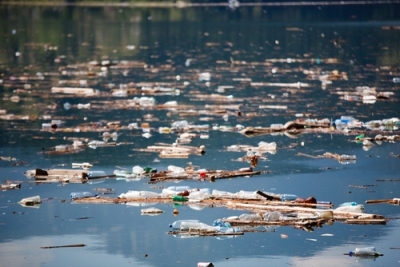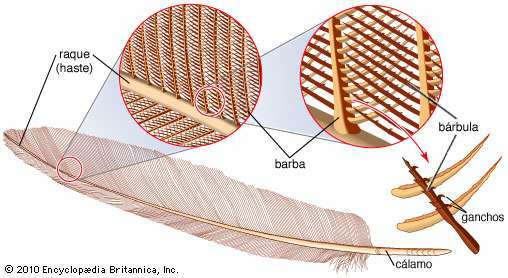We know that on planet Earth there is a large amount of water available. However, of its total, only 2.5% corresponds to fresh water, that which can be used by human beings. Of the total existing fresh water, about 69% is in solid state in glaciers and icebergs. The small portion of water available for use, unfortunately, is increasingly scarce and suffers mainly from the problem of pollution and contamination.
Large rivers and lakes, which could be used to supply the community, are today with unsafe drinking water. Therefore, techniques emerged in order to remove pollutants and contaminants so that the water becomes viable for the survival of fish and perhaps even for human consumption.
The process of depollution it is relatively simple, but it requires effort and a lot of money to carry it out. Generally, to clean up a river, the first step is to ensure that no sewage is released without proper treatment in the waters. For this, investment in new treatment plants is essential. In addition to treating discharged sewage, it is important to create public awareness campaigns so that no material is released.
The best known case of a river that has been depolluted is the Thames, in England. This river had its waters declared unfit for consumption in 1610 and for centuries it was responsible for bad smells and diseases in the population. The project to clean up the Thames River began around 1850, but initial attempts did not achieve the expected result. Faced with the failure, the government began to study ways of carrying out sewage treatment before releasing it into the river.
Do not stop now... There's more after the advertising ;)
Between 1964 and 1974, the construction of several treatment plants, which definitely changed the history of this river. In the 70s, the Thames, formerly known as “Great Stink”, began to present its first signs of recovery, being known today as one of the most successful works in terms of depollution.
Another project that deserves to be highlighted is the Reno river in Western Europe, which for several years suffered from pollution from industry and agriculture. The history of the recovery of this river began in 1976 with an agreement that prevented the release of chemical products into its waters. However, projects more concerned with recovery only emerged after severe contamination in 1986 by pesticides.
In total, it took almost 20 years of struggle to recover the river and around 15 billion dollars invested. It is worth noting that several countries joined with private companies so that the success of the recovery could be achieved.
Therefore, it is clear that is it possible to treat a river, even if the depollution process takes centuries. However, it is essential that we become aware of the importance of preserving our water bodies, since depollution it will only be effective after a change in the attitude of the population, industries and our governments towards this important resource. Natural.
By Ma. Vanessa dos Santos
Would you like to reference this text in a school or academic work? Look:
SANTOS, Vanessa Sardinha dos. "River depollution"; Brazil School. Available in: https://brasilescola.uol.com.br/biologia/despoluicao-rios.htm. Accessed on July 27, 2021.
Chemistry

Water pollution, physical aspects of water, chemical aspects of water, biological aspects of water, industrial waste, heavy metals, drinking water, organic matter, water turbidity, sewage.



